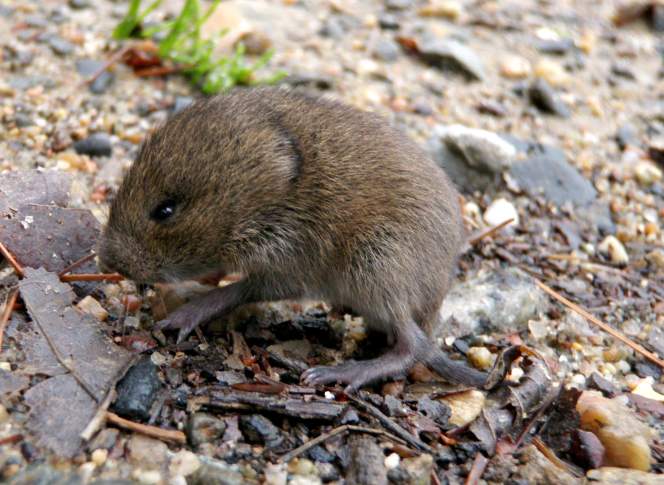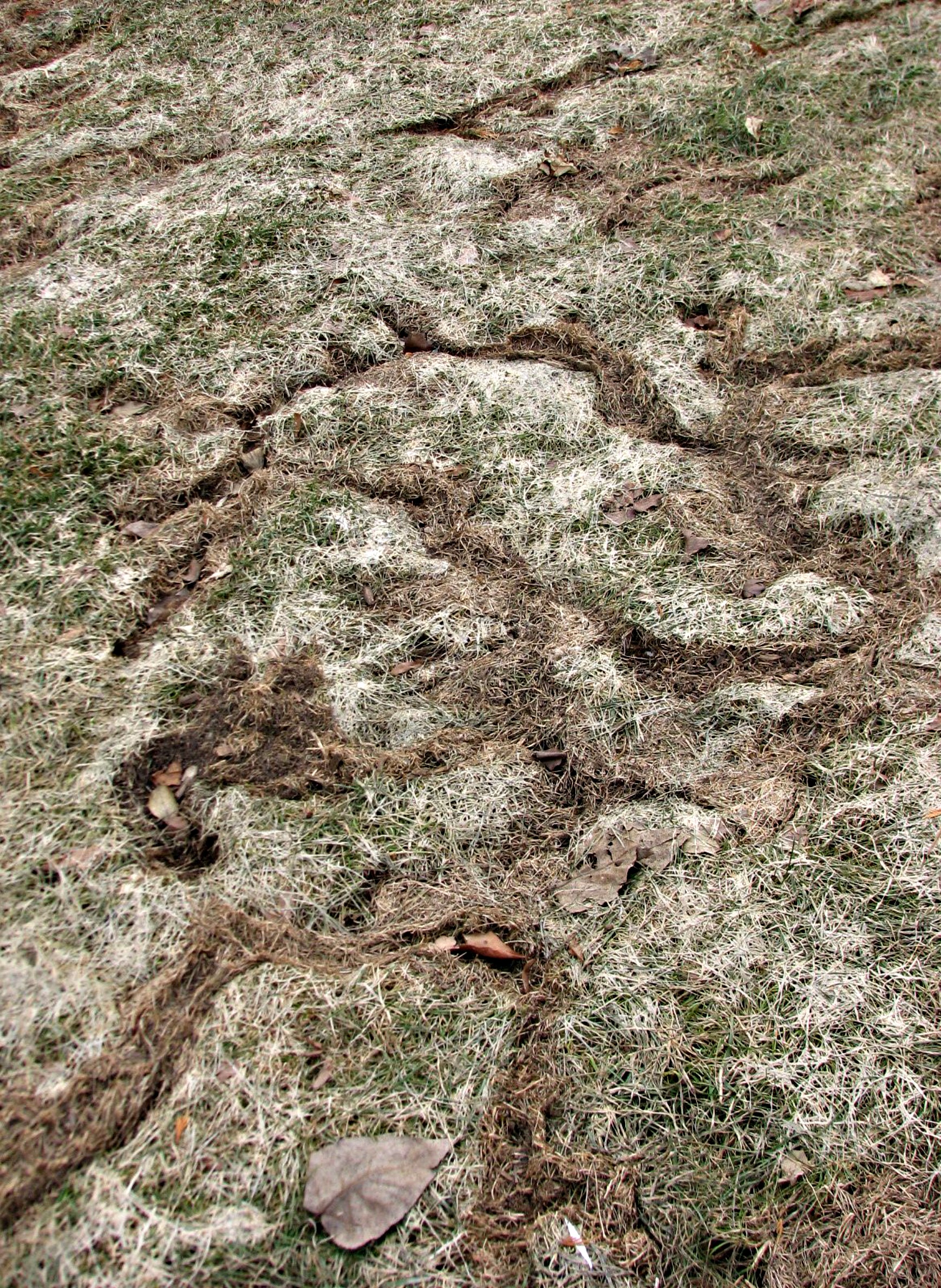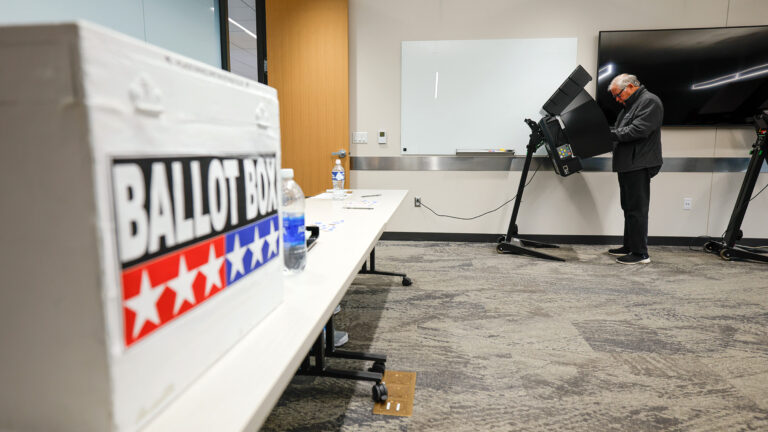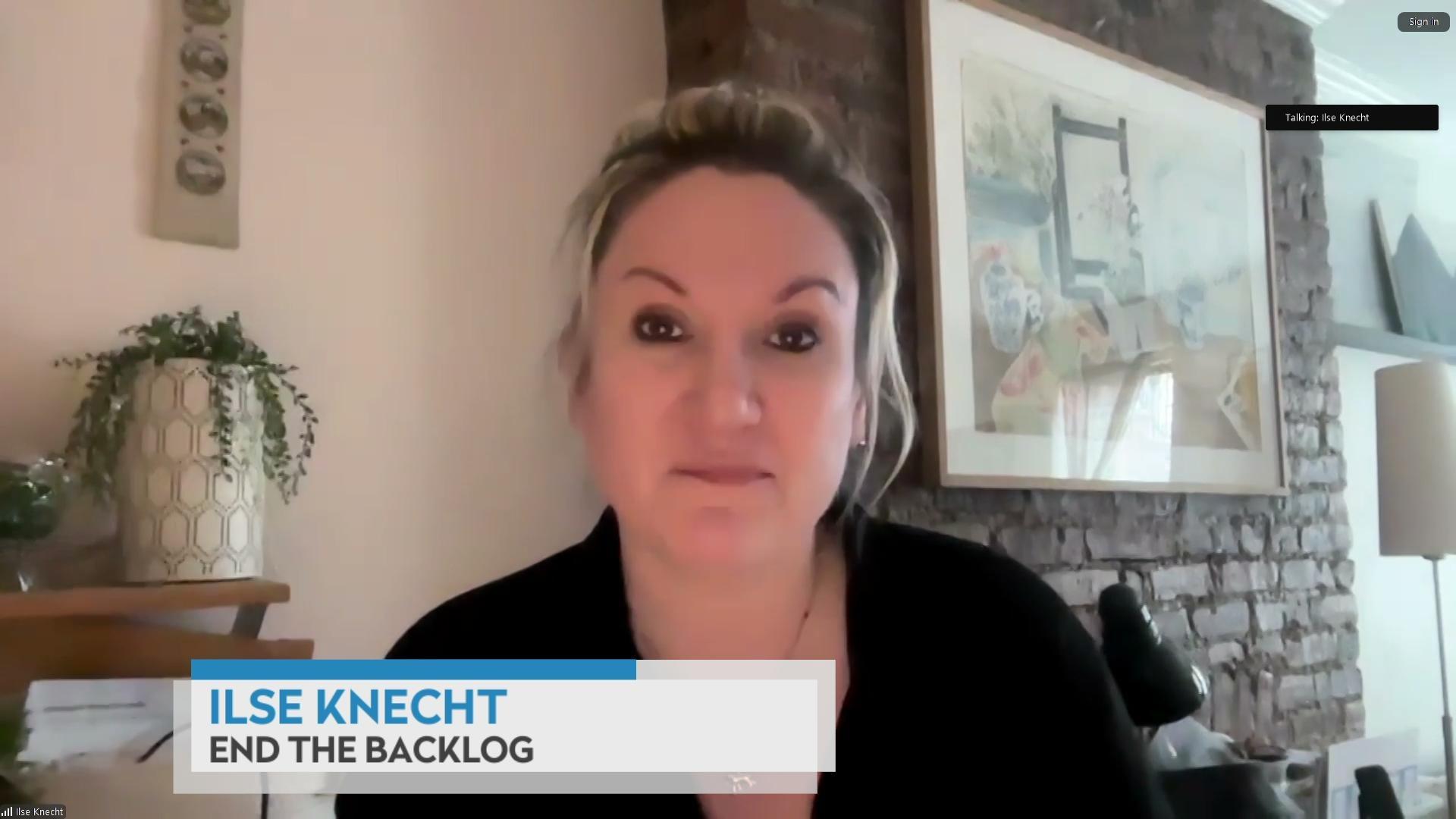9 Tips For Preventing Vole Damage In The Landscape
Freezing nights and shortening daylight in the fall tranquilizes the landscape — not counting the insatiable meadow vole that remains active throughout the year.
November 18, 2016

Meadow vole on gravel

Freezing nights and shortening daylight in the fall tranquilizes the landscape — not counting the insatiable meadow vole that remains active throughout the year. The vole, also called a meadow mouse, is a ground dwelling rodent with a chunky grayish brown appearance, tiny ears and short tail.
Commencing in late fall and continuing through winter into early spring, voles cause a variety of damage to landscapes. Runways and seemingly endless tunnels in lawns, shaved tree bark and roots, and the mysterious disappearance of flowering bulbs and tubers in spring are classic blueprints of vole damage. Under snow cover, voles can venture safely to any part of the landscape, and quite often homeowners do not notice the damage until the spring melt.

Ponds, stream banks, orchards, old fields, fence rows, pastures, hay fields, grassy weeds and ground covers are ideal habitats for voles. Backyard logs, undisturbed compost piles, tall ornamental grasses, bushy evergreen shrubs and debris in the urban landscape can also provide a nesting place for voles.
Trapping or any other control strategies when the snow is on the ground has proven ineffective. Here are a series of tips for managing this pest.
- The landscape should be scouted in fall for voles. Sightings of fresh grass clippings, tunnels, droppings around large grasses, nests, and chewed fruits are telltale signs of their abundance in the landscape.
- Lawns should be mowed to 2.5 to 3 inches tall, and tall grasses and weeds cut to eliminate cover for voles.
- The depth of mulch around landscape trees and shrubs should be reduced to less than 3 inches. Mulching with crushed rocks or gravel around valuable landscape trees like Japanese maple can deter voles as well.
- Perennials should not be mulched until the ground freezes (usually around late November) and mulch applied to a minimum extent.
- Firewood should be stored properly and brush should be removed.
- Spills from bird feeders should be cleaned up.
- Young trees and shrubs should be protected with a one-quarter inch size mesh hardware cloth around the base. The hardware cloth should be buried 3 inches deep in the ground to prevent the voles from burrowing under. The cloth should extend 18 inches above the ground.
- Mouse-size traps baited with peanut butter, oatmeal or apple slices can be set along the runway tracks. Two traps back to back in the runway are more effective than a single trap.
- Sheltered bait stations using rodenticides containing zinc phosphide in T-shaped PVC pipes placed along runway tracks can be effective in controlling voles. The person using them should read the product label for safety and instructions.
Being vigilant and taking proactive steps in the fall is the key to controlling voles.
Vijai Pandian is a horticultural agent and educator for the University of Wisconsin-Extension Brown County.
 Passport
Passport















Follow Us